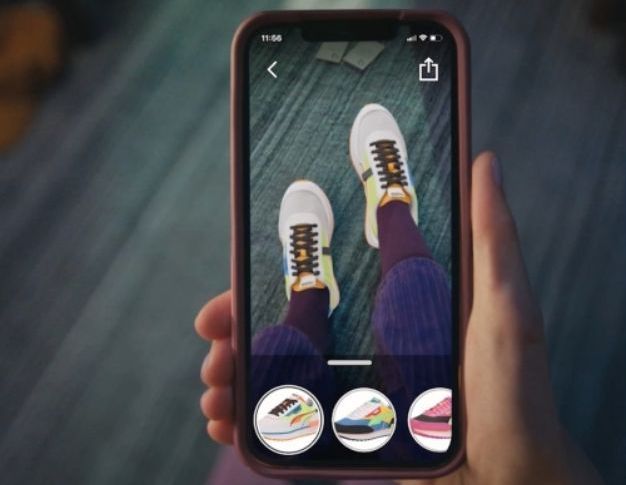The world of accessories is being transformed by augmented reality.

A rapidly developing technology, augmented reality (AR), has the potential to alter how we perceive the world. Although augmented reality (AR) has already established itself in a number of industries, like gaming and healthcare, its influence on the accessory market is frequently understated. In this article, we'll look at how augmented reality is changing the accessory industry and enabling consumers to have engaging, personalized experiences. The ability to digitally try on things before making a purchase is one of the key benefits of augmented reality in the accessories market. With AR, you can view and try on items right from your smartphone or tablet, whether you're thinking about buying jewelry, sunglasses, purses, or even watches. You can virtually place these accessories on yourself, rotate them, modify them to match your body, and see them in 3D, giving you a precise picture of how they will look and fit without really holding them. Customers can also uniquely personalize their accessories with augmented reality. Imagine being able to use augmented reality (AR) to create your own pair of sneakers by selecting the colors, patterns, and materials, then see them come to life in real time. With the use of this technology, businesses can provide consumers with virtually endless customisation choices, enabling them to design products that are a true reflection of their individual tastes. AR creates new opportunities for individuality and personalisation, giving customers a more engaging and tailored buying experience. The capacity of augmented reality to give consumers more information is one of the most intriguing benefits in the world of accessories. When using an AR app to view an accessory, you may obtain comprehensive product details such as its composition, unique features, price, and even suggestions for comparable products. With the aid of augmented reality (AR), customers may receive real-time purchasing advice, which facilitates decision-making and boosts confidence in their accessory selections. Brands have a special chance to develop immersive experiences with augmented reality that improve their reputation. Brands can enable people to interact with their products in a playful and inventive way by introducing AR filters or effects. A business of sunglasses, for instance, might provide an AR filter that enables customers to virtually try on various styles of sunglasses and share their pictures with friends. As a result, consumers have an immersive brand experience that sticks with them. To sum up, the application of augmented reality to the world of accessories creates previously unimaginable opportunities for a unique and customized purchasing experience. AR improves how customers engage with accessories and gives them the power to make informed decisions about what to buy, from virtual try-ons to customizing options. By integrating augmented reality, firms can stand out from the competition and provide their customers a really cutting-edge and captivating e-commerce experience.